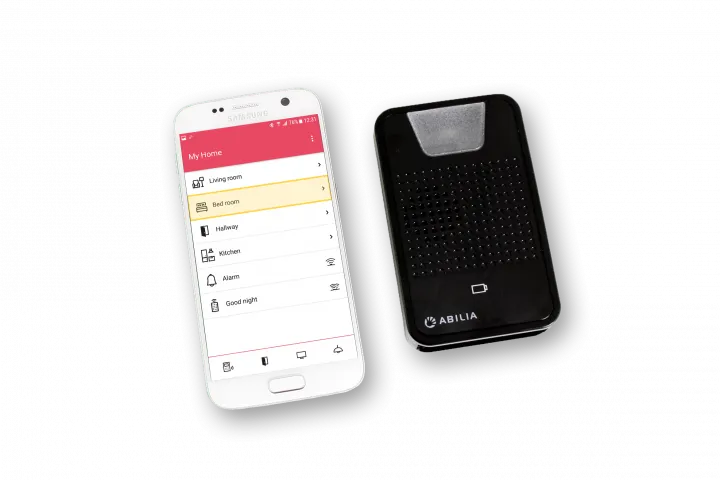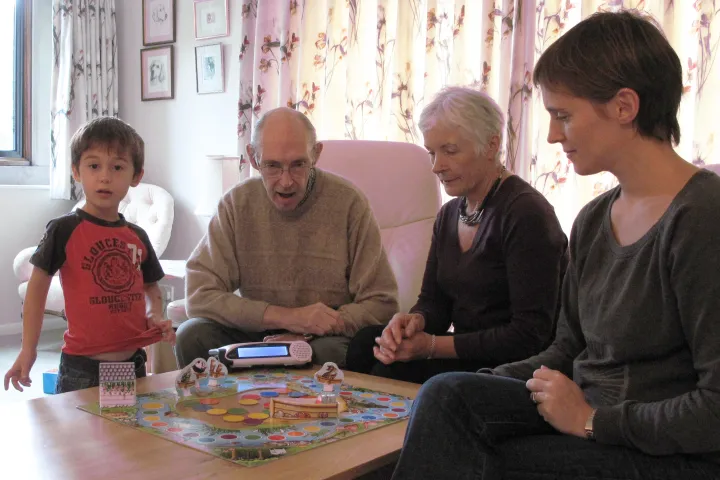Stroke and its consequences
Lack of oxygen in the brain caused by a stroke can lead to permanent disabilities. The cause of a stroke is a bleeding or a blood clot and comes on suddenly. Many of the initial symptoms may regress. The disabilities that persist after a stroke depend on the extent of the damage to the brain and where the damage occurred.
A common symptom is paralysis and loss of sensation in one half of the body. This can cause difficulties with walking, balance, using arm and hand, and speaking.
More invisible, but frequently occurring symptoms are cognitive impairments. This can create difficulties with time and planning, language, memory and other intellectual functions, attention, focus and energy.
Challenges in everyday life
It can be difficult to carry out personal care independently and to plan and carry out all the tasks in a home. If the individual is still working, the ability to manage work and to have an active leisure time may be affected.
Typical symptoms after an injury in the right hemisphere of the brain are difficulties in orienting oneself in the environment. It can be difficult to perceive your left side of the body and the left side of the room. Communicating can become difficult due to difficulties in interpreting the tone of voice and facial expressions of others. Often the individual has reduced insight into the disease.
If the damage has occurred in the left hemisphere of the brain, it is common for the individual to have difficulty speaking and expressing themselves and to understand spoken and written language and have a reduced ability to read, write and count.
Furthermore, a stroke can cause problems in the form of impaired memory, mainly short-term memory and impaired attention and ability to concentrate. This makes it difficult to keep up with conversations and to complete a started activity. Reduced initiative and sensitivity to stress and brain fatigue can cause activities to take longer or not be performed.
Later in the period after a stroke, pain and depression can affect everyday life. Epilepsy is also more common among individuals who have had a stroke than in fully healthy individuals.
In order to maintain as high a degree of independence and participation as possible, it is of great importance that the individual receives support to compensate for his or her disability.
Assistive devices can make a difference
Assistive devices for communication aim to give the user increased participation in social contexts, provide increased independence and a sense of calm and control. In dysphasia/aphasia, sometimes a "text to speech" aid can help, sometimes pictures make it easier when text and speech are difficult.
Assistive devices for cognitive support aim to provide the user with support for time, planning and memory, to support the user to take the initiative for activities and gain control in everyday life. They can simplify the planning of activities and even to execute them. They can reduce stress and conflict, giving the individual a sense of control and improving quality of life.
Assistive devices for environmental control make it easier to reduce movement and reduce sight and touch. Remote controls can be adapted to the individual with large symbols, feedback with sound and vibration and adapted control method. With the remote controls, it is possible to control e.g. door automation, lighting and media. This helps the user to be more independent and feel calmer and have more control and an increased privacy.
Aids in the form of weighted blankets can ease sleeping difficulties caused by worry and anxiety. Epilepsy alarms can contribute to a safer life.






